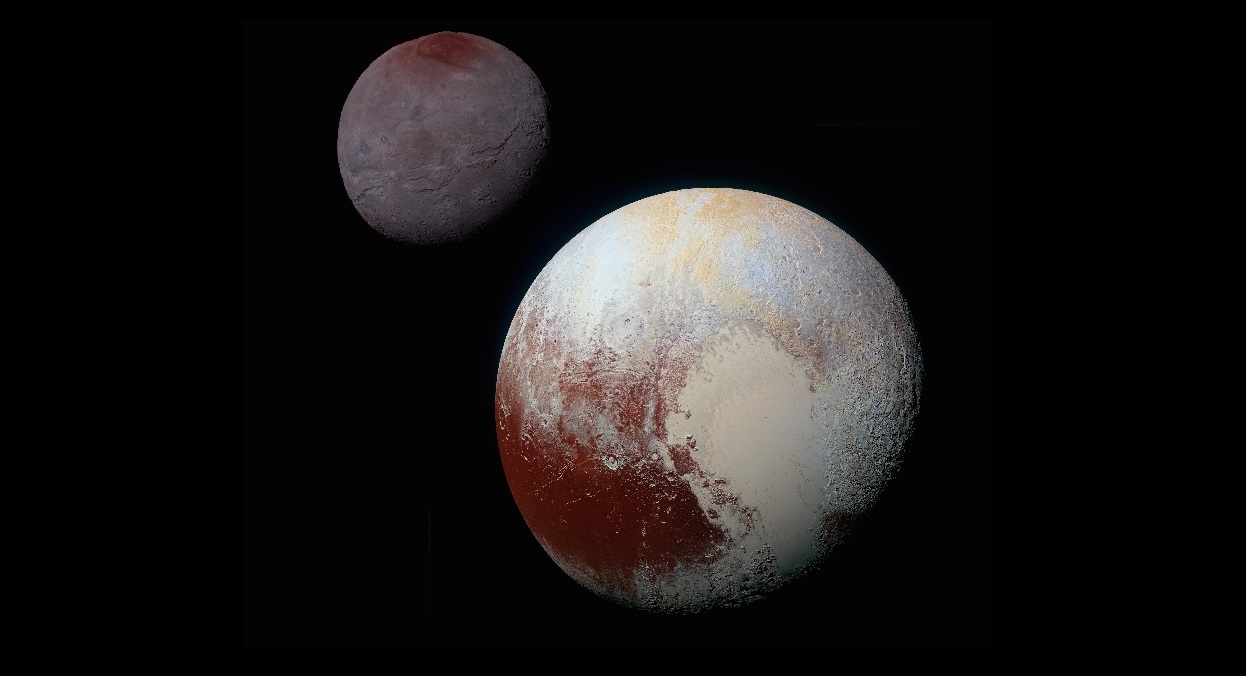Media release
From:
Planetary science: Pluto captured its moon Charon after a ‘kiss’
Pluto may have captured its moon Charon following a fleeting ‘kiss-and-capture’ collision, in which both bodies survived largely intact, according to a modelling study published in Nature Geoscience. These findings suggest Charon could be as ancient as Pluto.
With a radius about half the size of Pluto, Charon is unusually large for a moon, and their orbits suggest they share a collisional origin. However, the formation of a body the size of Charon with a wide circular orbit (which is about 16 Pluto radii) from the debris of an impact, such as the scenario proposed for the Earth’s Moon, is difficult to explain. Instead, it has been suggested that Charon was somehow captured in an encounter with Pluto, but whether such a scenario is plausible has remained unclear.
C. Adeene Denton and colleagues used numerical models, incorporating the geologically realistic strength of planetary bodies made of rock and ice, to explore how a collision could result in the capture of Charon. They found that, when material strengths of Pluto and Charon were included in their model, the two bodies remained distinct and mostly intact after they collided and initially rotated together. Pluto and Charon then decoupled, owing to outward forces acting on the bodies as they rotated, and Charon’s orbit expanded outwards, gradually moving to its current position. The researchers refer to this collisional scenario as ‘kiss-and-capture.’
The authors suggest that despite the limited observations available to compare against their models, such a kiss-and-capture origin would have implications for the geological evolution of Pluto and Charon. Charon could be as old as Pluto, with both bodies extensively resurfaced by geologic activity triggered by the collision and subsequent separation and evolution under strong tidal forces. Furthermore, they suggest that kiss-and-capture collisions could also explain the origins of other pairs of massive icy bodies that lie beyond the orbit of Neptune.



 International
International



